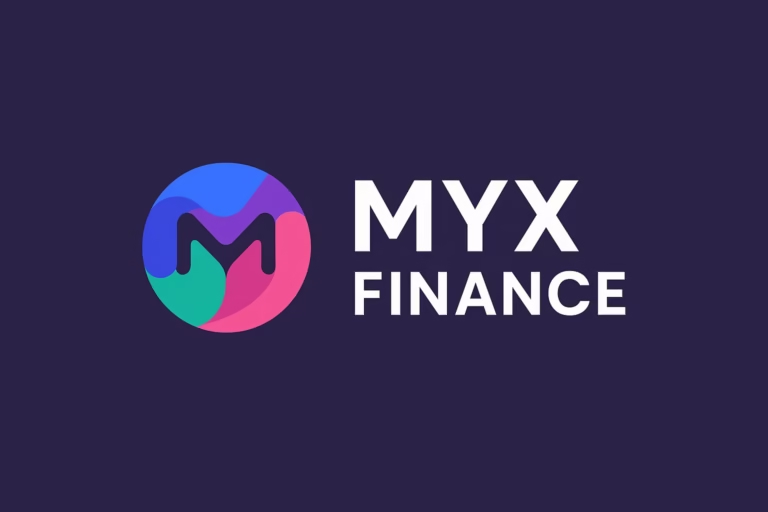
- The impending arrival of spot Ethereum ETFs could lead to significant price movements, with predictions suggesting every billion dollars in net inflows might move Ethereum’s price by approximately 10.8%.
- Key factors influencing these dynamics include market sentiment, the regulatory environment, and the potential evolution of staking options for ETFs.
The impending arrival of spot Ethereum ETFs has sent ripples of excitement through the crypto market. With such a groundbreaking development on the horizon, many investors are left wondering: what can we expect from the price of Ethereum (CRYPTO: ETH) moving forward?
Predicted Inflows and Market Impact
Estimating the exact inflows into the Ethereum ETFs is challenging. However, predictions from various experts offer a range of expectations:
- Goldman Sachs anticipates net inflows between $1 billion and $3 billion for the remainder of the year.
- Bloomberg Senior ETF Analyst Eric Balchunas expects Ethereum ETFs to capture around 15-20% of the inflows seen with Bitcoin ETFs.
- Bitwise Chief Investment Officer Matt Hougan suggests net inflows could be between 25-50% of those for Bitcoin ETFs in the first four months of trading.
- Grayscale forecasts that Ethereum ETFs will attract roughly 25-30% of the demand seen by Bitcoin ETFs.
Crypto analyst Flow has delved into these predictions to estimate the potential price impact on Ethereum. By comparing the price movements of Bitcoin following its ETF launches, Flow suggests that every billion dollars in net inflows could move Ethereum’s price by approximately 10.8%. This calculation assumes Ethereum is four times more reactive to market inflows than Bitcoin due to factors like its deflationary supply and the amount staked.
Key Factors Influencing Ethereum’s Market Dynamics
Several factors are poised to influence how Ethereum’s price will react to the advent of ETFs:
- Market Sentiment: Ethereum’s value proposition as a decentralized computer network could attract substantial interest over time. However, its complexity may initially deter some retail investors.
- Regulatory Environment: Significant outflows from the Grayscale Ethereum Trust to the new ETFs are expected due to the latter’s higher liquidity, narrower spreads, and lower fees. This shift could enhance Ethereum’s market stability and investor confidence.
- Staking Availability: Currently, there is no staking option available for ETFs. However, this might evolve, potentially adding a positive element to Ethereum’s market dynamics. If staking options are integrated, it could further drive demand for Ethereum ETFs, boosting the underlying asset’s price.
As the Ethereum ETF trading start date approaches, market participants are keenly observing how these products will influence ETH’s price and overall market dynamics. The potential for substantial price movements and increased investor interest makes this an exciting time for Ethereum investors.
For those interested in deeper insights into the evolving digital assets landscape, the Benzinga Future of Digital Assets event on Nov. 19 will provide a comprehensive overview of these trends and more. This event promises to offer valuable perspectives on the future of digital assets, including the anticipated impacts of Ethereum ETFs.




